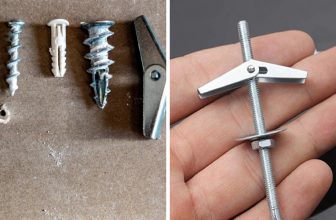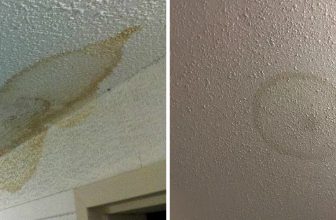How to Remove Ghosting on Ceiling
If you’ve ever noticed mysterious, shadowy marks appearing on your ceiling, then you may be experiencing a common phenomenon known as ghosting. Ghosting occurs when deposits of dust and soot build up on surfaces, leaving behind dark smudges that can resemble shadows or stains. This can happen on any surface in your home, but it’s most noticeable on ceilings due to the contrast between the dark marks and the white paint.
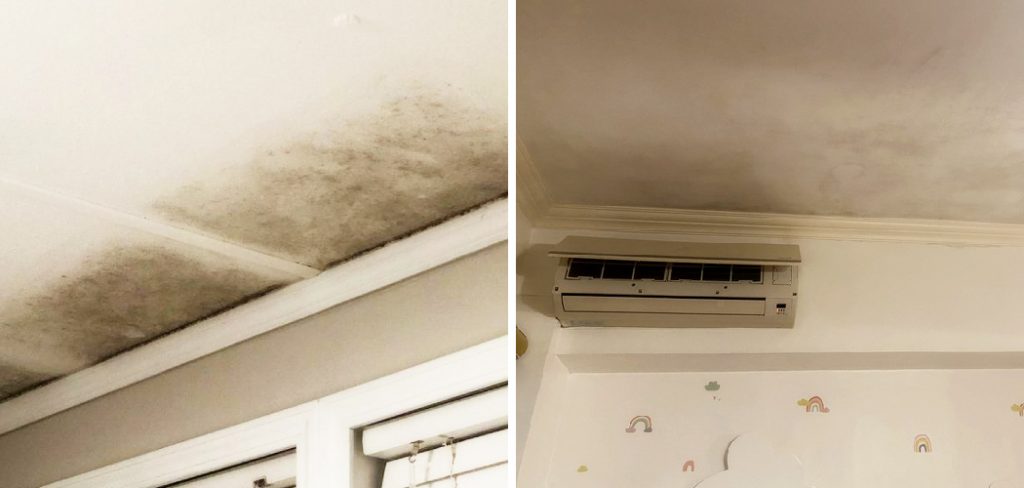
The main advantage of learning to remove ghosting on ceiling is that it can help improve the appearance of your home. These dark marks can make a room feel dingy and dirty, even if the rest of the area is clean. By removing ghosting, you can restore your ceiling’s bright and clean look, making your home feel fresher and more inviting. You can find step-by-step instructions on how to remove ghosting on ceiling in this blog article.
Step-by-step Instructions for How to Remove Ghosting on Ceiling
Step 1: Inspect the Ceiling for Ghosting
The first step in removing ghosting on ceiling is to carefully inspect the affected area. Look for any dark or discolored patches, as this can indicate where the ghosting has occurred. Also, check for any signs of moisture or mold, as these can contribute to ghosting.
Step 2: Clean the Affected Area
Once you have identified the areas with ghosting, it is important to clean them thoroughly. Use a mild soap and water solution or a specialized cleaner designed for removing stains on walls and ceilings. Gently scrub the affected area with a soft cloth or sponge, being careful not to damage the surface of the ceiling.
Step 3: Rinse the Area
After cleaning, rinse the area with clean water and a sponge or cloth. This will help remove any remaining residue from the cleaning solution and ensure that the surface is completely clean. In order to prevent ghosting from reoccurring, it is important to apply a stain-sealing primer over the affected area. This will create a barrier between the surface and any potential contaminants, preventing ghosting from appearing again.
Step 4: Paint the Ceiling
After the primer has dried, you can paint over the affected area with ceiling paint. This will help to further seal the surface and create a uniform appearance. When painting over ghosting on ceilings, it is best to use an oil-based paint. This type of paint tends to have better adhesion and durability, making it less likely for ghosting to reappear.
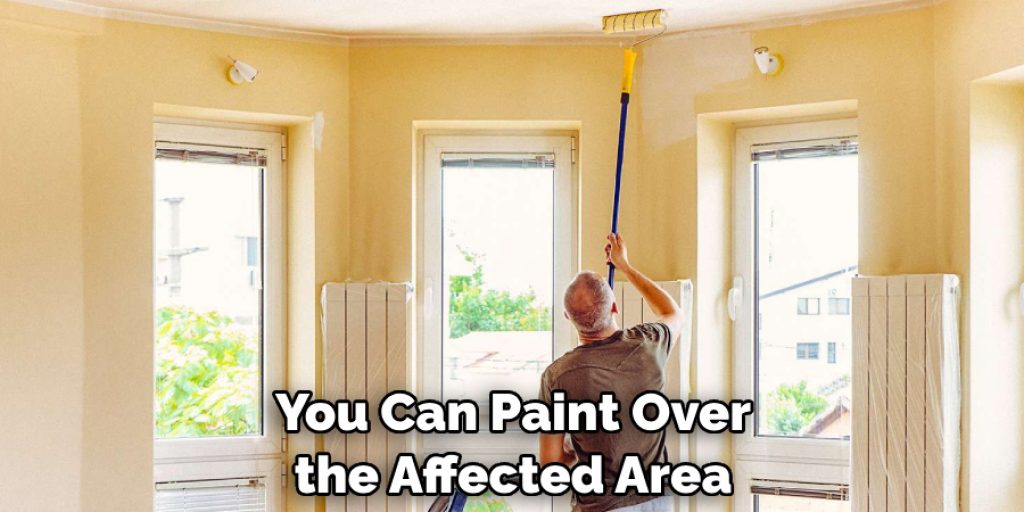
Step 5: Apply Multiple Coats if Needed
Depending on the severity of the ghosting, you may need to apply multiple coats of paint to completely cover and seal the affected area. Allow each coat to dry fully before applying another. As mentioned earlier, moisture can contribute to ghosting on ceilings. To prevent this, consider using a dehumidifier in the affected room or area. This will help reduce the overall moisture levels and decrease the chances of ghosting occurring again.
Step 6: Keep Air Circulating
Another way to prevent ghosting on ceilings is to keep air circulating throughout the room. This can be done by using fans or opening windows. Proper air circulation helps prevent moisture and mold buildup, which can lead to ghosting.
To prevent ghosting from occurring in the future, it is important to regularly inspect and clean your ceiling. Keep an eye out for any signs of discoloration or stains, and promptly clean them as needed. This will help maintain the overall appearance of your ceiling and prevent ghosting from reoccurring.
Safety Precautions for How to Remove Ghosting on Ceiling
- Always wear gloves and protective eyewear when using cleaning solutions or handling paint.
- Use a ladder with caution and make sure it is secure before climbing up to clean or paint the ceiling.
- Make sure the room is well ventilated while working on removing ghosting, as some cleaning solutions can have strong fumes.
- Be careful not to spill any cleaning solution onto flooring or furniture, as it may cause damage.
- If using a dehumidifier, regularly empty and clean the water tank to prevent mold growth.
- Use caution when working on high ceilings or hard-to-reach areas. It may be best to hire a professional for these tasks.
- Always read and follow the instructions on cleaning solutions and paints carefully to ensure safe usage.
Overall, taking proper safety precautions is important when removing ghosting on ceilings to protect both yourself and your home. If you encounter any difficulties or are unsure about a specific step, it is always best to seek professional help.
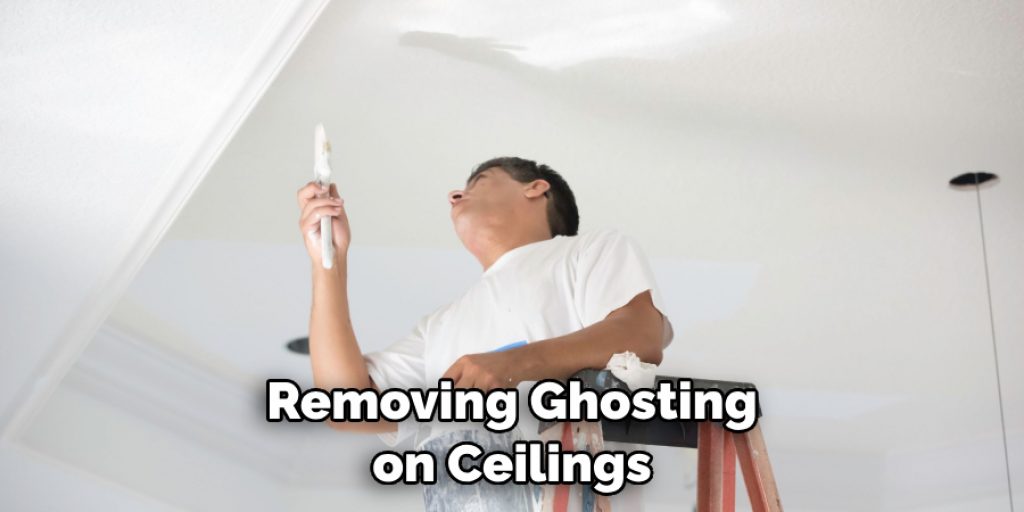
What Causes Ghosting on Ceiling?
Ghosting on ceilings is caused by a buildup of pollutants and contaminants that collect on the surface over time. These particles can come from sources such as candles, cooking, smoking, or even burning fireplaces.
When these particles combine with moisture and condensation, they adhere to the ceiling surface and create dark patches or discoloration known as ghosting. Mold growth can also contribute to ghosting on ceilings, as the spores can attach themselves and create dark spots. Regular cleaning and maintenance can prevent ghosting from occurring or reoccurring in your home.
How Can You Prevent Ghosting on Your Ceiling?
To prevent ghosting on your ceiling, there are a few steps you can take:
- Keep the room well ventilated – proper air circulation helps prevent moisture and pollutants from collecting on the ceiling surface.
- Use candles and other sources of combustion sparingly, as they can contribute to ghosting.
- Regularly clean and maintain your ceiling to remove any potential sources of contamination.
- Control the humidity in your home, as high levels of moisture can lead to mold growth and ultimately, ghosting on ceilings.
- Consider using a dehumidifier or air purifier to help control moisture levels and pollutants in your home.
- Check for any leaks or sources of water damage, as these can also contribute to ghosting.
- If you notice any signs of ghosting, promptly clean and seal the affected area to prevent it from getting worse.
By following these precautions and taking steps to maintain a clean and healthy environment in your home, you can effectively prevent ghosting on your ceiling. Overall, regular maintenance and proper ventilation are key in preventing ghosting from occurring in the first place.
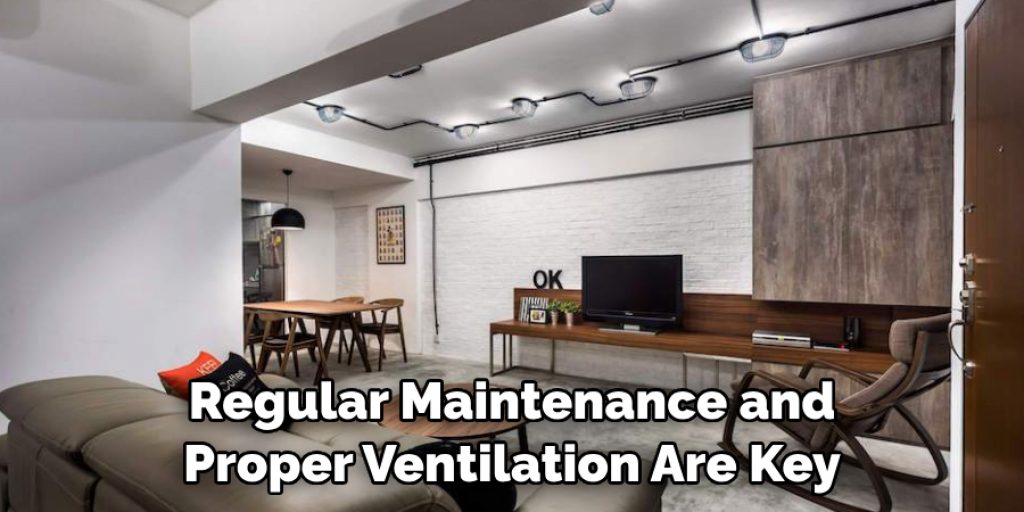
What Are Some Common Methods for Removing Ghosting on Ceiling?
There are a variety of methods that can be used to remove ghosting from ceilings. Some are more effective than others, so it’s important to know what options are available and which ones may work best for your specific situation.
1. Cleaning Solutions
One popular method for removing ghosting on ceiling is using cleaning solutions specifically designed for this purpose. These solutions often contain a combination of degreasers, surfactants, and detergents that are effective in breaking down the residue left behind by ghosting. These solutions can be purchased at most hardware or home improvement stores.
2. Vinegar
Another common method is using vinegar to remove ghosting on ceiling. Mix equal parts white vinegar and water in a spray bottle and apply it directly to the affected area. Let it sit for a few minutes before wiping away with a clean cloth.
3. Baking Soda
Baking soda is another household item that can be used to remove ghosting on ceilings. Mix a small amount of baking soda with water to form a paste and apply it directly to the affected area. Gently rub the paste into the surface and then wipe away with a clean cloth.
4. Rubbing Alcohol
For more stubborn ghosting, rubbing alcohol can be used to break down the residue and remove it from the ceiling. Apply a small amount of rubbing alcohol onto a clean cloth and gently rub the affected area. Be sure to wear gloves and work in a well-ventilated area when using rubbing alcohol.
5. Paint Over the Ghosting
In some cases, it may be necessary to paint over the ghosting on ceilings. Before doing so, it’s important to clean the area thoroughly using one of the methods mentioned above. Once the surface is dry, apply a coat of primer and then paint over with your desired color.
6. Prevention Techniques
While these methods are effective in removing ghosting, it’s also important to address the root cause to prevent it from happening again. This may include fixing any water leaks, improving ventilation and air circulation, or using exhaust fans when cooking or showering.
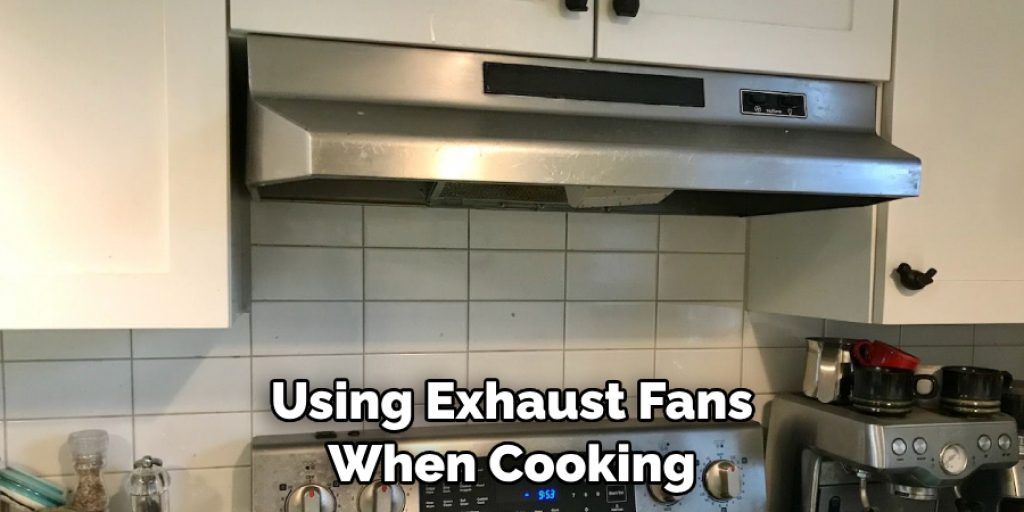
Conclusion
In conclusion, while ghosting on a ceiling may seem like a daunting and frustrating problem to deal with, it is not impossible to remove. It requires patience, the right tools and techniques, and possibly some professional help.
However, the good news is that once you have successfully removed the ghosting, you can take steps to prevent it from reoccurring in the future. This includes addressing any underlying issues such as water leaks or smoke damage, using high-quality paint and primer, and properly ventilating the room. I hope this article has been beneficial for learning how to remove ghosting on ceiling. Make Sure the precautionary measures are followed chronologically.

